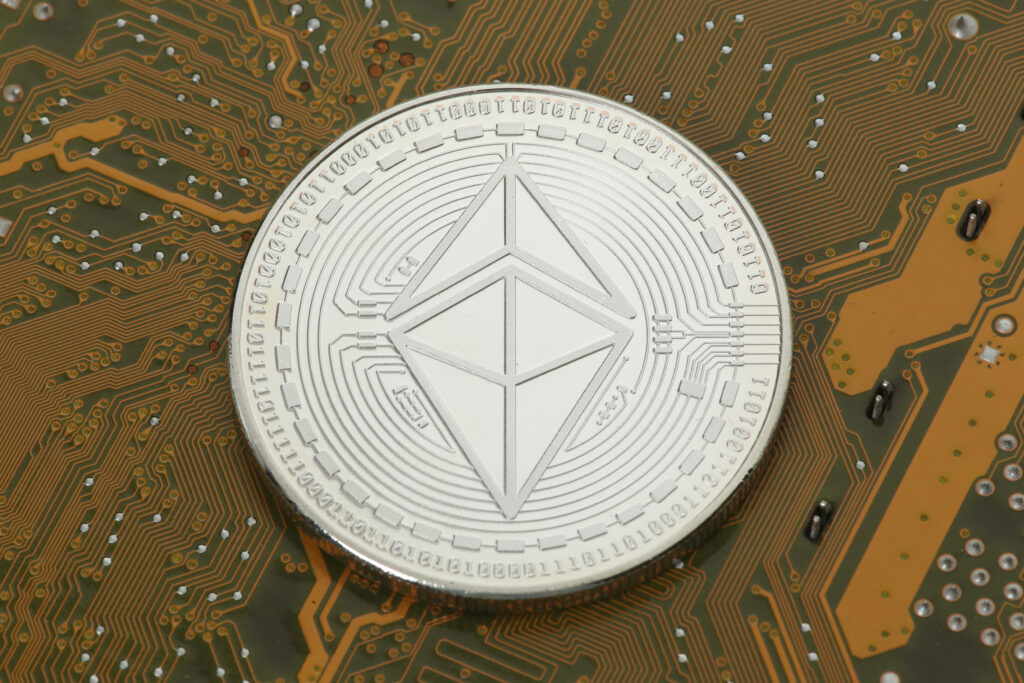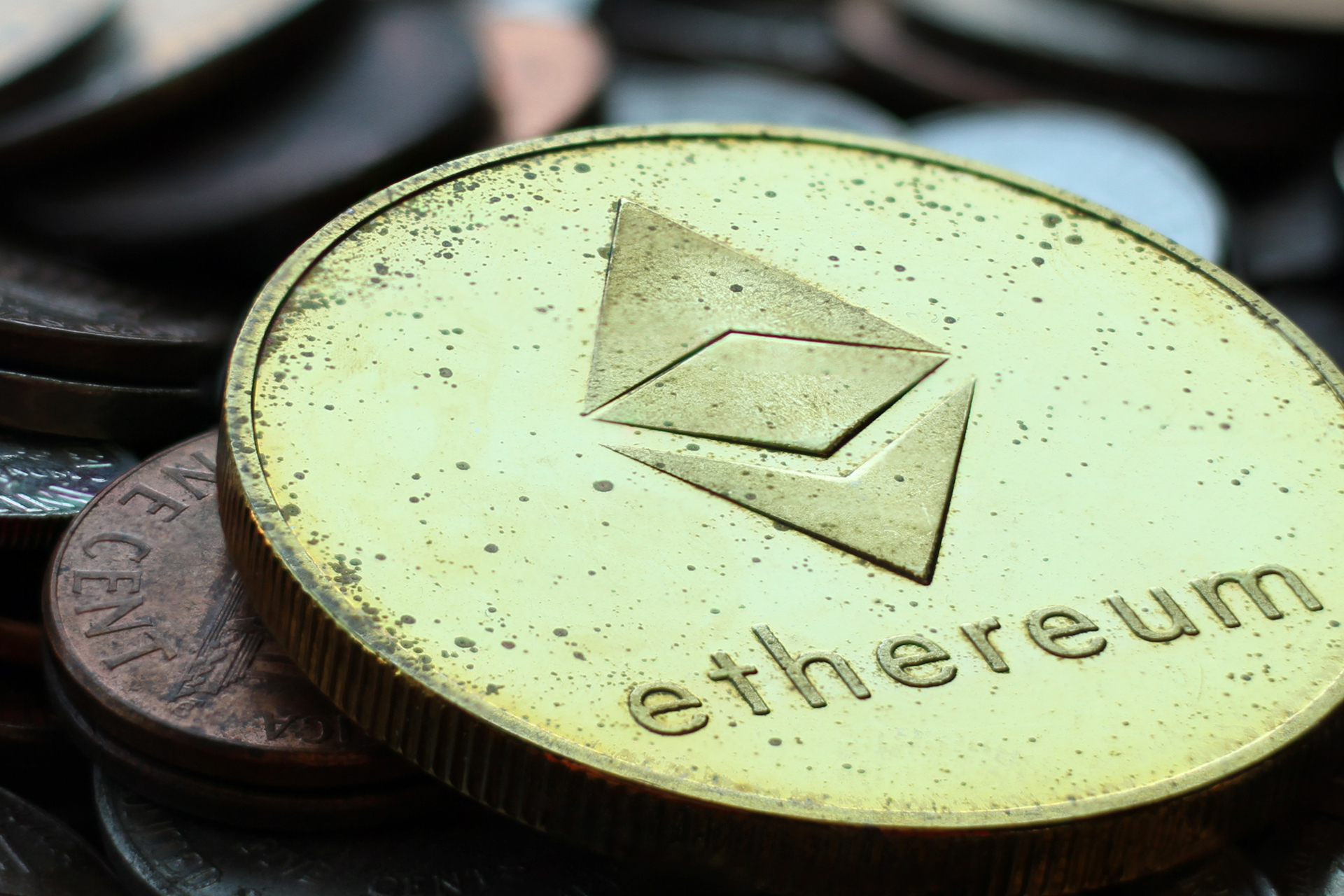In the rapidly evolving world of blockchain technology and digital assets, Ethrium has emerged as a notable new entrant capturing the attention of investors, developers, and tech enthusiasts alike. Launched with the promise of enhanced scalability, security, and efficiency, Ethrium is designed to address several limitations of current blockchain networks while paving the way for innovative decentralized applications. In this article, we explore the background of Ethrium, detail its launch, and provide an in-depth look at how it works.
A New Chapter in Blockchain Innovation
Ethrium entered the market amid growing demand for more robust and adaptable blockchain solutions. With traditional platforms facing challenges such as high transaction fees, network congestion, and environmental concerns, Ethrium was developed to create a more sustainable and high-performance ecosystem. Its launch was marked by significant community interest and media buzz, reflecting a keen anticipation for a technology that could potentially redefine decentralized finance and smart contract applications.
Ethrium’s development team consists of experienced blockchain engineers, cryptographers, and industry experts who have drawn upon lessons learned from earlier platforms. Their mission is to deliver a platform that not only supports a wide range of decentralized applications (dApps) but also offers improved transaction speeds and lower costs—attributes that are essential in today’s fast-paced digital economy.
How Ethrium Works: Technology and Consensus
At its core, Ethrium is built on a next-generation blockchain architecture that combines the strengths of previous systems while integrating innovative consensus mechanisms. One of the key features of Ethrium is its hybrid consensus model. By blending proof-of-stake (PoS) with advanced consensus protocols, Ethrium ensures that transactions are confirmed quickly without compromising security or decentralization. This model reduces energy consumption dramatically compared to traditional proof-of-work (PoW) systems, aligning with growing environmental concerns in the crypto space.
The Ethrium blockchain employs smart contracts—self-executing agreements with the terms directly written into code. These smart contracts are integral to Ethrium’s functionality, enabling developers to create dApps across various industries such as finance, supply chain management, and digital identity verification. Additionally, Ethrium’s smart contract framework is designed with enhanced security features to prevent common vulnerabilities and hacks, ensuring a safer platform for both developers and users.


Unique Features and Advantages
Ethrium distinguishes itself from other blockchain platforms through several innovative features:
Enhanced Scalability:
- By optimizing data storage and processing, Ethrium is capable of handling a significantly higher volume of transactions per second (TPS) compared to many existing networks. This scalability is essential for widespread adoption and real-world applications.
Low Transaction Fees:
- The platform’s efficient consensus mechanism allows for minimal transaction costs, making it attractive for microtransactions and high-frequency trading activities.
Developer-Friendly Environment:
- Ethrium offers robust development tools, comprehensive documentation, and support for multiple programming languages, which makes it easier for developers to build and deploy decentralized applications.
Eco-Friendly Protocol:
- With a focus on sustainability, Ethrium’s consensus mechanism consumes considerably less energy than traditional PoW networks, appealing to environmentally conscious investors and companies.
Interoperability:
- The design of Ethrium includes provisions for interoperability with other blockchain networks. This means that assets and data can be seamlessly transferred between Ethrium and other platforms, promoting a more connected and versatile digital ecosystem.
Ecosystem and Potential Use Cases
The versatility of Ethrium opens up a wide array of potential use cases. In the financial sector, Ethrium’s low transaction fees and high throughput make it an ideal platform for decentralized finance (DeFi) applications. From lending and borrowing protocols to decentralized exchanges (DEXs), Ethrium can support a broad spectrum of financial innovations. Furthermore, its smart contract capabilities also extend to non-financial sectors, such as supply chain management, where transparent and immutable records are vital.
Another promising area is digital identity verification. Ethrium can facilitate secure and decentralized identity management systems that give users more control over their personal data. This can lead to advancements in online security and privacy, ensuring that sensitive information is protected against fraud and misuse.
Looking to the Future
The launch of Ethrium marks just the beginning of what many believe will be a transformative journey. As the platform continues to evolve, developers are expected to innovate and create new applications that leverage Ethrium’s unique capabilities. Partnerships with established companies and collaboration with other blockchain projects are likely to expand Ethrium’s ecosystem further, fostering an environment of continuous improvement and growth.
Investors and tech enthusiasts are closely monitoring Ethrium’s progress, not only because of its technical merits but also due to its potential to disrupt existing market structures. With an active community, regular updates, and a clear roadmap for future enhancements, Ethrium is positioning itself as a significant player in the blockchain industry.
Newsroom 47
